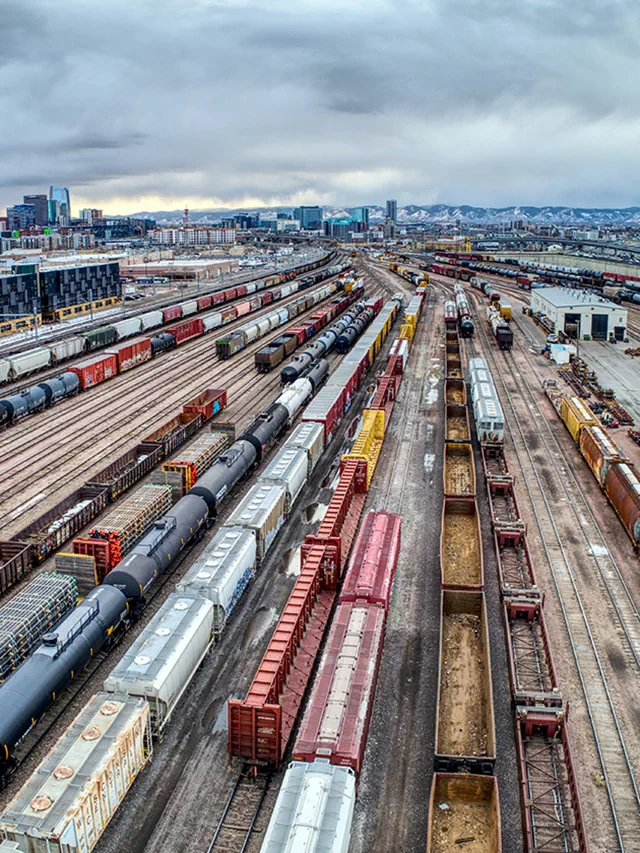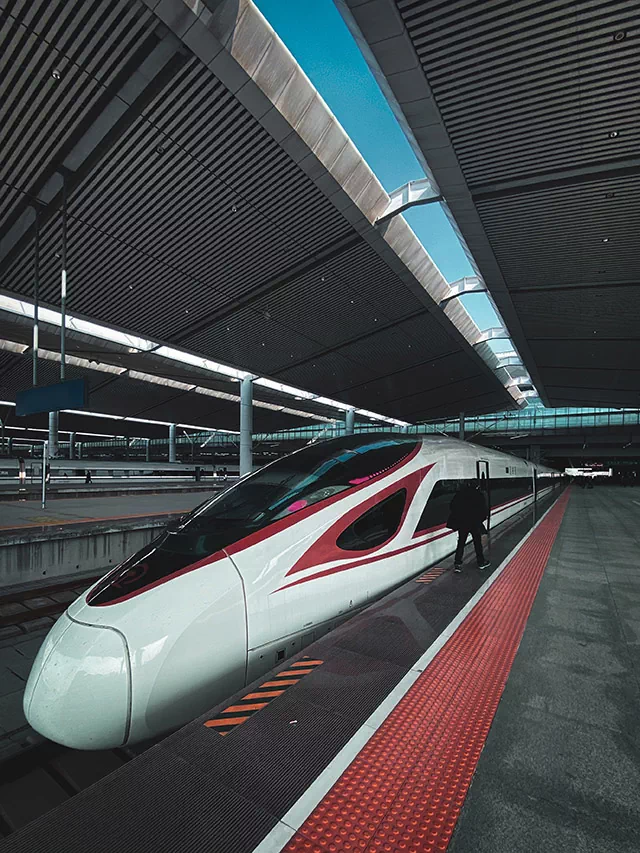The largest railway network in the world is operated by China. As of 2021, China’s railway system had over 22,000 miles of track and continues to expand. Other countries with large railway networks include the United States, Russia, and India.
In addition to its size, China’s railway system is also technologically advanced and highly efficient. It includes high-speed trains that can reach speeds of up to 217 mph, as well as a network of freight trains that transport goods across the country. The system is operated by the China State Railway Group, a state-owned enterprise that was formed in 2018 by the merger of China Railway Corporation and China Railway Construction Corporation.
The Chinese government has invested heavily in the railway system in recent years, with the goal of improving transportation infrastructure and connecting remote areas of the country to the national rail network. As part of this effort, China has also been actively exporting its railway technology and expertise to other countries.
As of 2021, China’s railway network is the largest in the world, followed by the United States and India which has more than 200,000 km and 65,000 km respectively.
In addition to its size, China’s railway system is also technologically advanced and highly efficient. It includes high-speed trains that can reach speeds of up to 217 mph, as well as a network of freight trains that transport goods across the country. The system is operated by the China State Railway Group, a state-owned enterprise that was formed in 2018 by the merger of China Railway Corporation and China Railway Construction Corporation.
China’s railway system is also one of the most heavily used in the world, with billions of passenger trips taken every year. The country’s high-speed rail network alone carried over 1.1 billion passengers in 2019. This has been achieved through a combination of factors such as a well-connected network, efficient operations, and government support for the rail industry.
China’s railway system has played a crucial role in the country’s economic development and modernization. It has helped to connect remote areas with major population centers, making it easier for people and goods to move around the country. It has also played a key role in reducing travel times and improving the overall efficiency of transportation in China.
China
China has also been actively engaging in exporting its railway technology and expertise to other countries. Many countries in Asia, Africa and Europe are currently planning, building or expanding their high-speed railway network with the help of Chinese companies and technologies, and also with Chinese investment.
China’s railway system has also been a significant contributor to the country’s environmental and energy conservation efforts. The country’s high-speed rail network, for example, is considered to be one of the most energy-efficient forms of transportation, with lower greenhouse gas emissions per passenger-kilometer than cars or airplanes. Additionally, the large scale rail network has also been used to transport goods, reducing the number of heavy-duty trucks on the road, which in turn reduces air pollution.
The Chinese government continues to invest heavily in the railway system, with plans to further expand the network and improve its technology. This includes plans to increase the length of the high-speed rail network to around 22,000 miles by 2025, and to develop new technologies such as maglev trains, which can reach even higher speeds.
In addition to the domestic benefits, China’s railway system has also had a significant impact on the global railway industry. The country’s experience and expertise in building and operating high-speed rail has led to it becoming a leading exporter of rail technology and a major player in the global market for rail infrastructure and equipment.
In summary, China’s railway system is the largest in the world, is technologically advanced, efficient and has played a crucial role in the country’s economic development, modernization and environmental conservation. Also, it’s been a major player in the global market for rail infrastructure and equipment.




